Checking state capitol buildings off your list? Santa Fe's structures are a must
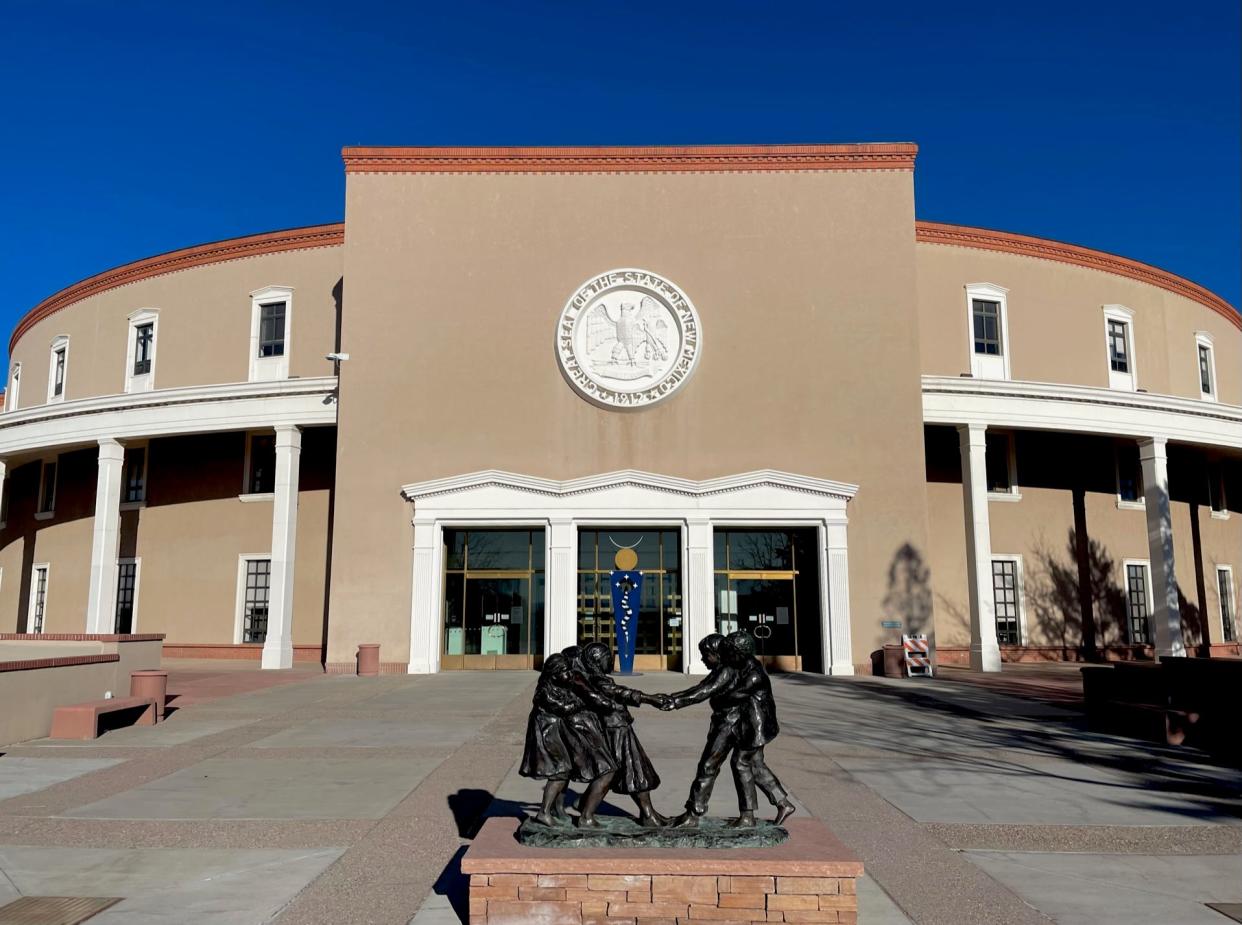
SANTA FE, NM – The oldest capital city in the United States — almost twice as old as Columbus — can boast about having one of the oldest, and one of the newest, capitol buildings.
Santa Fe was established in the early 17th-century and in 1610 became the capital of what was then the province of Santa Fe de Nuevo Mexico, part of Spanish-ruled New Spain. Today, it’s a small, lively city and a popular destination for travelers who love culture, history, chile-focused cuisine and the beautiful, mountainous scenery of north-central New Mexico.
And travelers who eventually want to see all 50 state capitol buildings – I’m up to 37 – have no choice but to stop for a visit. I doubt they’ll be disappointed.
Travel: Brunswick Islands offer sun, surf, seafood and seaside scenery
The current capitol building (nmlegis.gov/Visitors), the last of four in New Mexico’s history, opened in 1966. Only the capitol buildings in Hawaii and Florida are newer. (Hawaii’s new capitol is cool. Florida’s, not so much.)
The new capitol in Santa Fe was constructed in what is often called New Mexico Territorial style, melding elements of Greek Revival and traditional Pueblo adobe architecture.
The result is a beautiful and unusual structure, and the only round state capitol. The geometry of the building reflects the iconic Zia sun symbol, a design found on 19th-century pottery produced by the people of the Zia Pueblo, and today featured on the New Mexico state flag.
Other symbols incorporated into the building include the rotunda skylight featuring an Indian basket-weave design with blue representing the sky and pink the earth. (New Mexico’s colorful soil practically defines the concept of “earth tones.”)
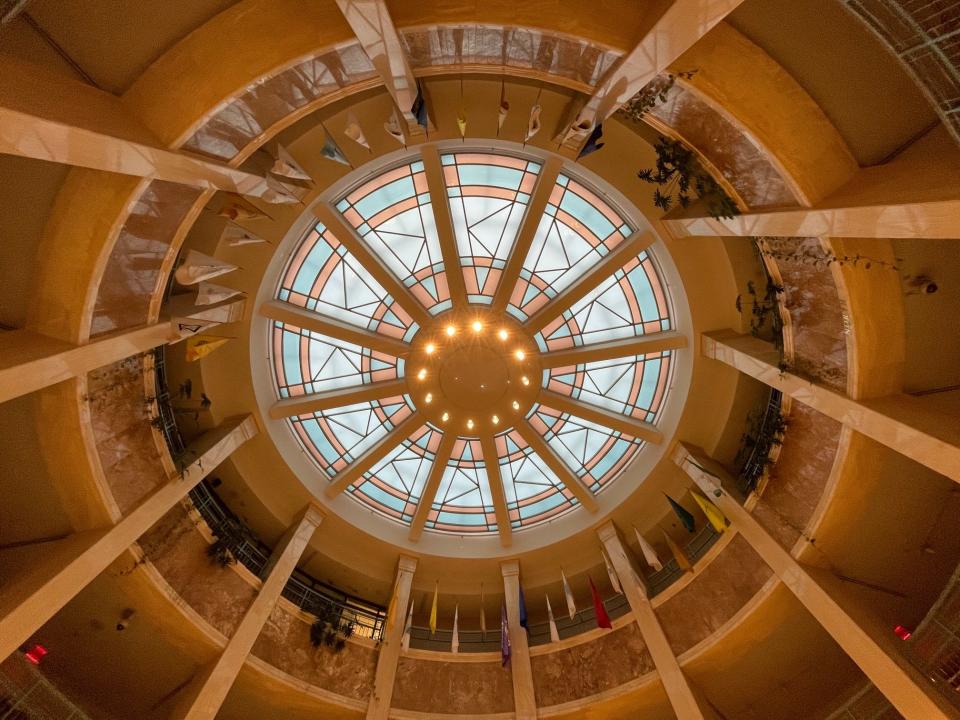
Visitors shouldn’t expect a lot of architectural frills in the House and Senate chambers. New Mexico’s legislators work part-time and are unpaid. (Ohio citizens, take note). So it’s probably apt that their chambers are very utilitarian, something you might see in a nice insurance company office.
But when the building was renovated in the 1990s, the nonprofit Capitol Art Foundation (nmcapitolart.com/) helped gather a striking collection of art and handcrafted furniture, all created by New Mexican artists. The collection is displayed through many of the public areas inside the statehouse, most prominently along the third floor hallways and the Walter K. Martinez Walkway, which links the capitol building proper with the Capital North annex.
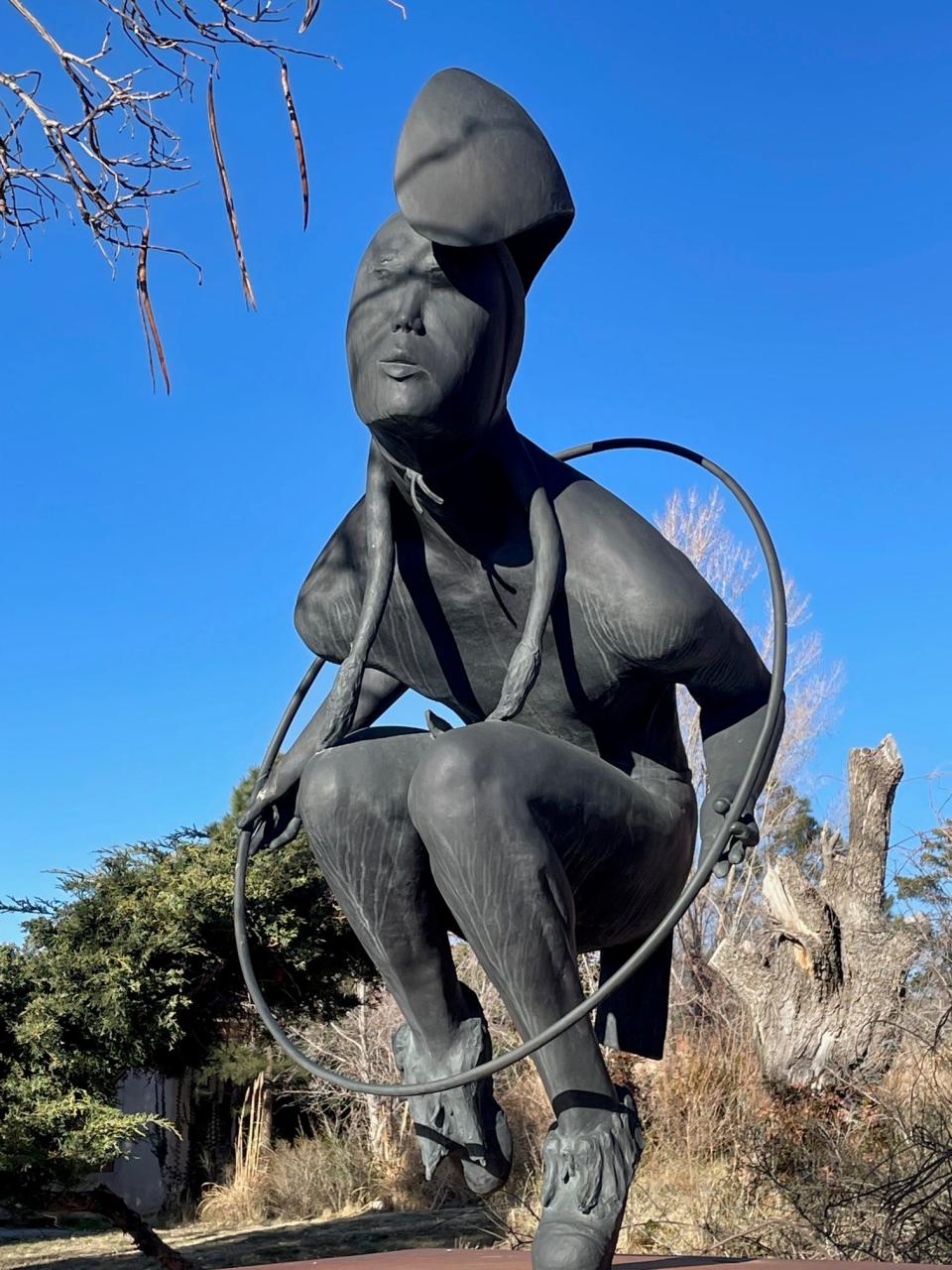
The art covers a wide variety of styles and mediums; some reflecting the traditions of the native pueblo peoples; some with classical American Western themes; some quite modern, even avant-garde.
A favorite of many visitors, including me, is Holly Hughes’ “Buffalo”, a life-sized realistic bison head that, on close inspection, resolves itself into a delightful mixed-media hodgepodge of recycled objects like recording tape, paint brushes and broken pottery.
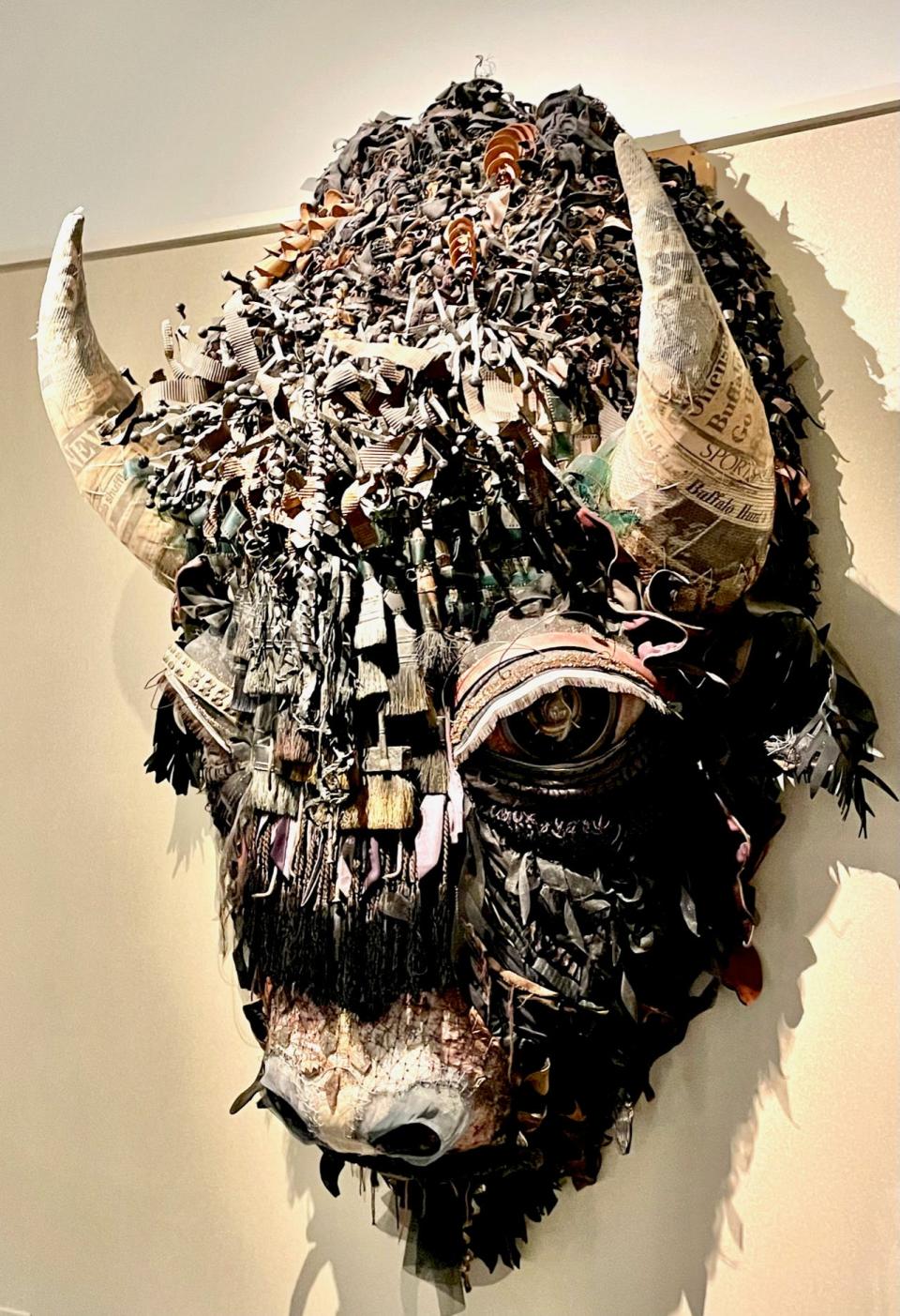
Travel: Why travelers should consider Columbus as a spring destination, according to Forbes
A completely separate collection, the Governor’s Gallery, also featuring New Mexican art, is housed on the fourth floor of the capitol.
Although the Capitol Art Collection provides a satisfying display, art lovers should also explore the Georgia O’Keeffe Museum (okeeffemuseum.org) and the New Mexico Museum of Art, both within walking distance of the capitol building.
And while in Santa Fe, history lovers shouldn’t miss a visit to one of the oldest public buildings in the U.S., the Palace of the Governors (nmhistorymuseum.org), which served as the seat of government for well over two centuries.
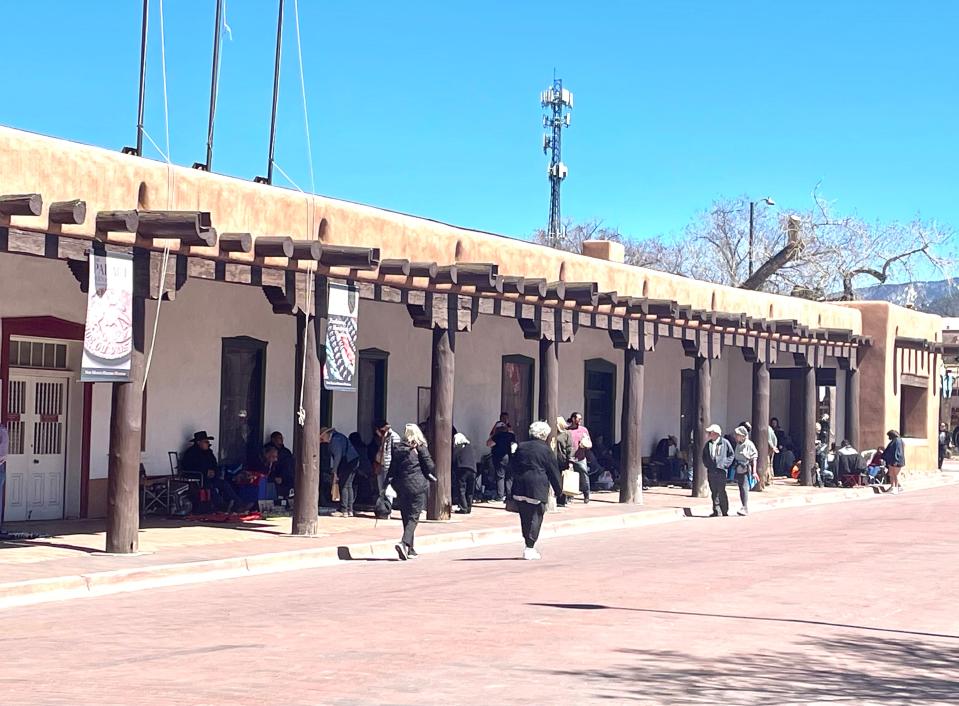
Constructed by the first Spanish governor sometime in the first quarter of the 17th century, the “palace” continued as the capitol building of New Mexico through 1885 under the flags of Spain, Mexico and finally the U.S.
The pueblo-style adobe building, which survives in a diminished and reconfigured but still lovely form, is now part of the New Mexico History Museum.
The building stretches across the north side of the Santa Fe Plaza at the city’s heart. In addition to the Governor’s Palace, the central plaza is surrounded by a delightful array of restaurants, boutiques, galleries and more, all just a short walk from the (new) state capitol.
For more information on things to see and do in Santa Fe, visit Tourism Santa Fe (santafe.org).
Steve Stephens is a freelance travel writer and photographer. Email him at sjstephensjr@gmail.com.
This article originally appeared on The Columbus Dispatch: Here's what to explore on a trip to the oldest capital city in the US

